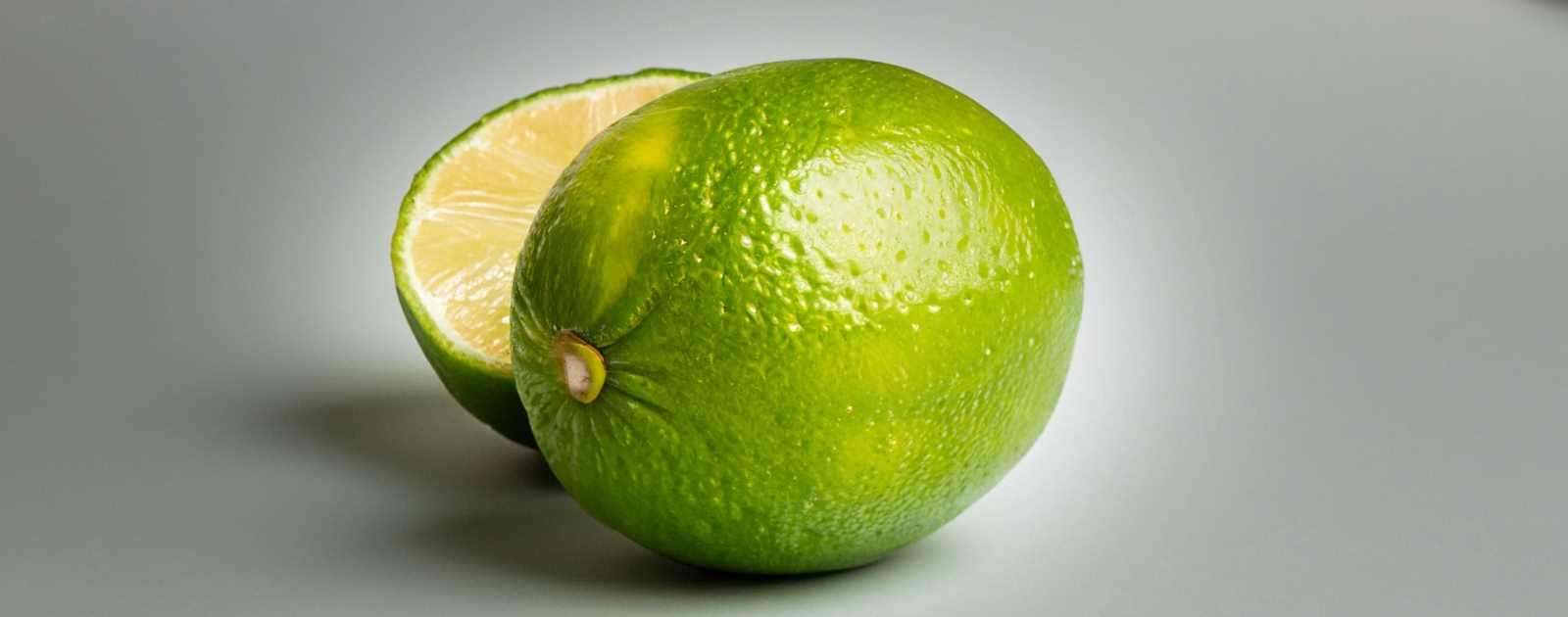Lime is not a melon; it’s a fruit. Specifically, lime is a citrus fruit belonging to the Rutaceae family, known for its acidic taste and high vitamin C content.
You might be wondering, “Is lime a melon?” The answer is no. In fact, the lime and the melon are as different as chalk and cheese or more fittingly, as different as lemons and watermelons. While both are fruits, their similarities are scarce. Let’s delve deeper into the world of limes and discover what makes them unique.
What is Lime?
Lime is a small, green citrus fruit that packs a punch of flavor and nutrition in its tiny frame. It’s often used in cooking, baking, and cocktail-making to add zest and depth of flavor. Not to be confused with lemons, limes are generally smaller and rounder and have a more intense tartness.
Lime trees are evergreen, and they thrive in tropical and subtropical climates. There are various types of limes, such as Persian lime, Key lime, and Khasi papeda. Each type has its own characteristics and flavor profiles, but they all have the distinctive acidic taste that makes limes a go-to for culinary uses.
The fruit is rich in vitamin C and other antioxidants, making it a nutritional powerhouse. Limes are known for their ability to enhance the flavor of food and drinks, making them a staple in cuisines around the world. From guacamole to margaritas, limes are versatile and irreplaceable.
Why Lime is Not a Melon?
Lime is not a melon because they belong to different plant kingdom families. While limes are citrus fruits belonging to the Rutaceae family, melons are from the Cucurbitaceae family.
Melons like cantaloupes, honeydews, and watermelons are sweet fruits that are often consumed fresh or used in desserts. They grow on vines and thrive in warm climates. Unlike limes, they are not acidic and are usually much larger in size.
Another distinguishing factor is the texture and composition of the fruits. Melons have a soft, juicy flesh surrounded by a tough rind. Limes, on the other hand, have a firm texture and a thin rind. The nutritional profiles are also different, with melons often high in sugar and water content, while limes are low in sugar and high in vitamin C.
Final Thoughts
So, there you have it. Limes are not melons; they are citrus fruits that bring their own unique set of characteristics to the table. From their acidic taste and small size to their nutritional benefits, limes are a category unto themselves.
While melons are delicious and have their own set of uses and benefits, they are fundamentally different from limes. If you’ve been using these terms interchangeably, it’s time to get your fruit facts straight.
The bottom line is that both limes and melons have their own special place in the culinary world, but they are as different as night and day. The next time you find yourself in the produce aisle, contemplating whether to grab a lime or a melon, you’ll know exactly what sets them apart.

